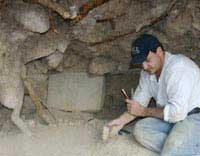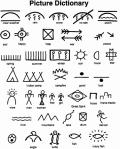Beautiful structures, seemingly untouched by time, have been discovered alongside the tombs of three special individuals at Egypt’s “Treasure Cemetery” Saqqara.
According to Live Science, this new discovery at Saqqara – the ancient cemetery has revealed an ancient temple, stunning reliefs, mysterious old tombs, and countless other valuable artifacts, creating a wave of excitement in recent years.
The largest tomb belongs to a man named Panehsy, who supervised a temple dedicated to Amun, as stated by Dr. Lara Weiss, curator of the Egyptian and Nubian collections at the National Museum of Antiquities in the Netherlands and a key member of the excavation team.
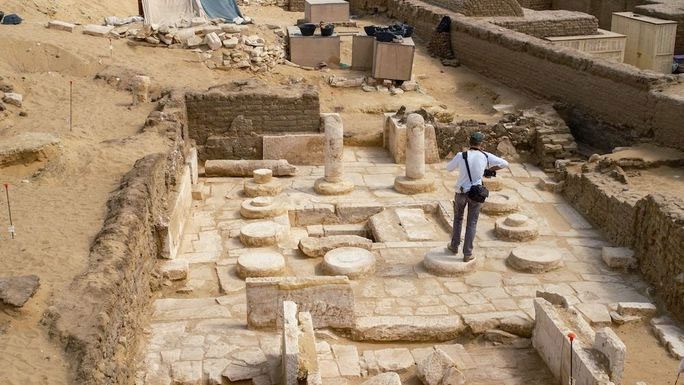
The recently uncovered ancient temple area with intact foundational structures – (Photo: Leiden Turin Expedition to Saqqara).
Strangely, Panehsy’s mummified remains were not found in his tomb; instead, the remains of other individuals, buried some time after his death, were discovered.
All information regarding Panehsy has been revealed through beautiful and exquisitely intact reliefs, indicating that he had no children, but his burial was meticulously organized by his subordinates.
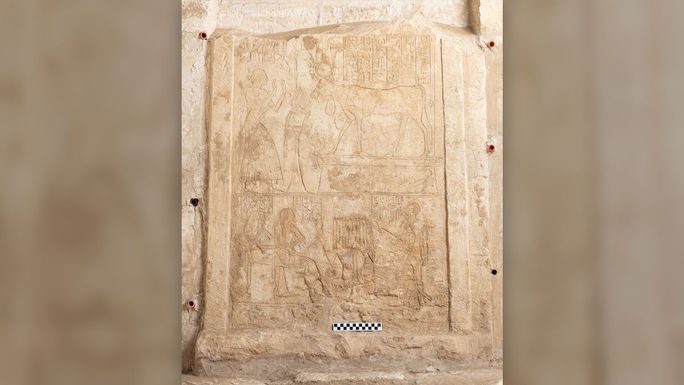
One of the stunning reliefs discovered – (Photo: Leiden Turin Expedition to Saqqara).
Another tomb belongs to Yuyu, an ancient goldsmith who worked for the royal treasury. This tomb also features reliefs depicting a very large funeral.
Additionally, there is another tomb whose owner is unknown, but it contains statues depicting four individuals who may belong to a family, all remarkably well-preserved.
Interestingly, these statues are unfinished and seem to replicate the design of a nearby double tomb, the resting place of a male-female couple who died half a century earlier.
According to Egyptologist Professor Francesco Tiradritti from Kore University in Enna, Italy, the quality of the reliefs is the most astonishing aspect of these findings. They appear timeless—completely intact after 3,300 years—and represent three-dimensional artwork with a level of craftsmanship that exceeds previous expectations.
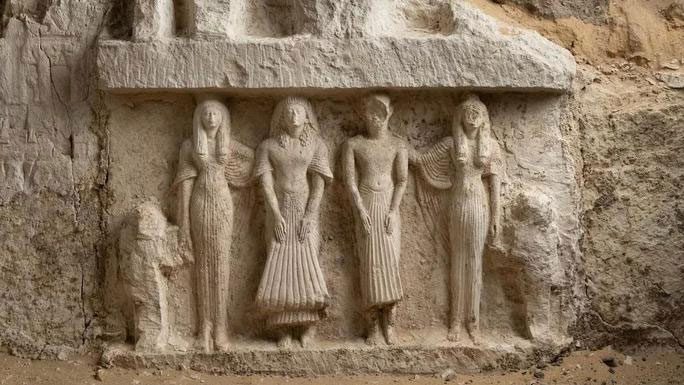
Four unfinished yet beautiful and remarkably well-preserved statues – (Photo: Leiden Turin Expedition to Saqqara)
The style of the reliefs seems to evoke earlier ancient art, reminiscent of the Old Kingdom of Egypt (from 2649 to 2150 BC), a period during which the pyramids began to be constructed.
Work at Saqqara is ongoing, primarily undertaken by a team from the National Museum of Antiquities in the Netherlands and the Egyptian Museum in Turin, Italy.









































